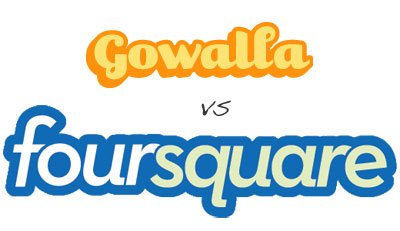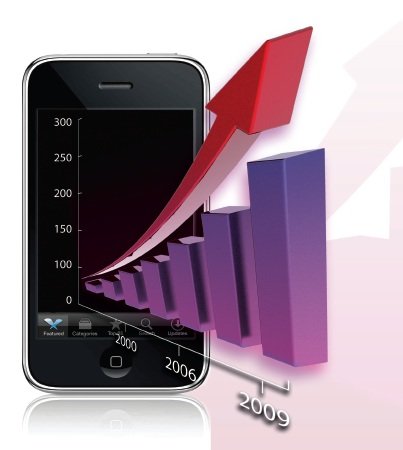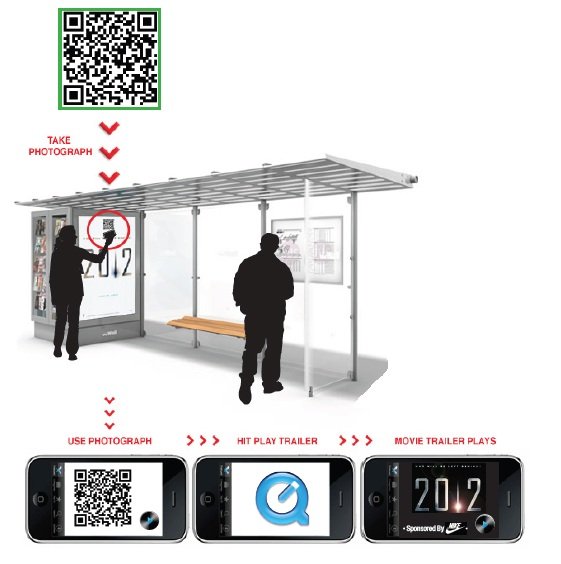There are many sources for reviews on the web to help your product or service get the attention it deserves. It is also a great way to find out what the public thinks about you. Some are well known like Amazon.com but there are many others that can be a valuable resource too. Some of the sources for reviews are targeted towards specific products but most are varied.
If you are an author of a self published book you might want to check out Kirkus Discoveries reviews. This can help your book get noticed by readers and includes a review of your book on their Facebook and Twitter accounts. If chosen your book review may be featured in a monthly newsletter that is read by journalists, school librarians, publishers, and booksellers. To have your book read and reviewed can be quite pricey, starting at $425, but the rewards can be great.
Another site that is recommended by many people is ReviewMe.com. They do not allow advertisers to require positive reviews but note that at the worst case most reviewers will only give constructive criticism even if they are not particularly pleased with the product.
SponsoredReviews.com is another well rated source for reviews. They have a great selection of blog writers and start their pricing at just five dollars per post. Smorty.com is another source that has strict requirements for their participating bloggers which should ensure that reviews draw in the right traffic to your product or service.
Many of the sources for reviews pay bloggers to write about your product and post it on their blog. There is also the opportunity for link backs through the information posted on the blogs. The more popular the blogs the more traffic you should receive from link backs.
There are many other sources for reviews that might be of interest; BuyBlogReviews.com, Linkworth.com, and ReviewParty .com are just a few of them. Reviews can add to your brand image so you want to connect with reviewers that will review you in a positive light.
There are many marketing tools on the web today and product and service reviews are one of the best. There is also a market for blog writers who don’t mind writing a review of products and services that they have tried and use. These sources for reviews will help you connect with people who want to tell people what they think about your company.
Beware:
Customers are not without intelligence, if you get caught with false reviews they will leave honest ones, especially with companies like yelp that have strict protocals to et your name be dragged through the mud.
Take A One Up! Lets look at how someone is using reviews in a positive light and pushing away the chance that you think its a fake review.
Petri Plumbing & Healting uses scanned copies of their review cards that have been hand written by their customers! It doesn’t stop there as they also have text copies of some of the reviews, likley for SEO purposes.
Sources:

















